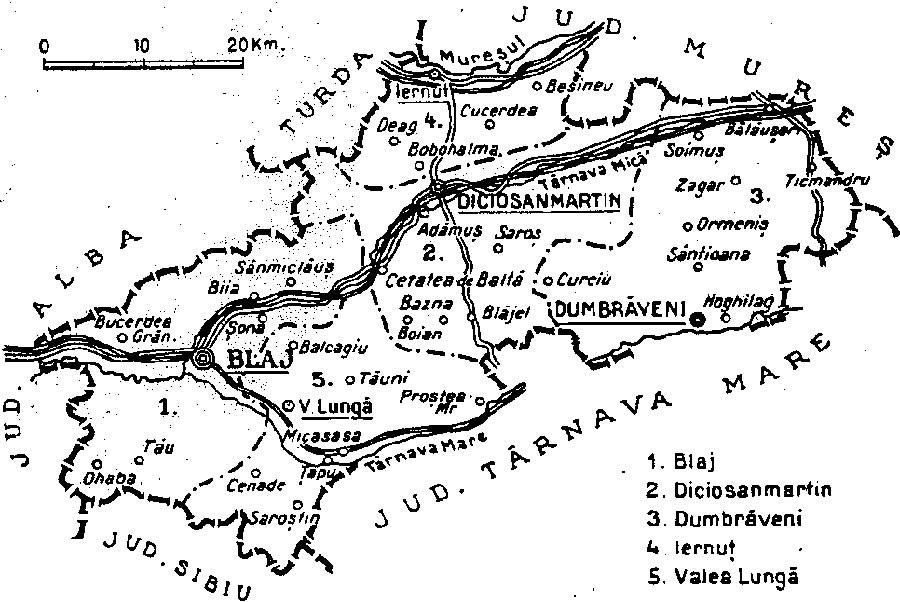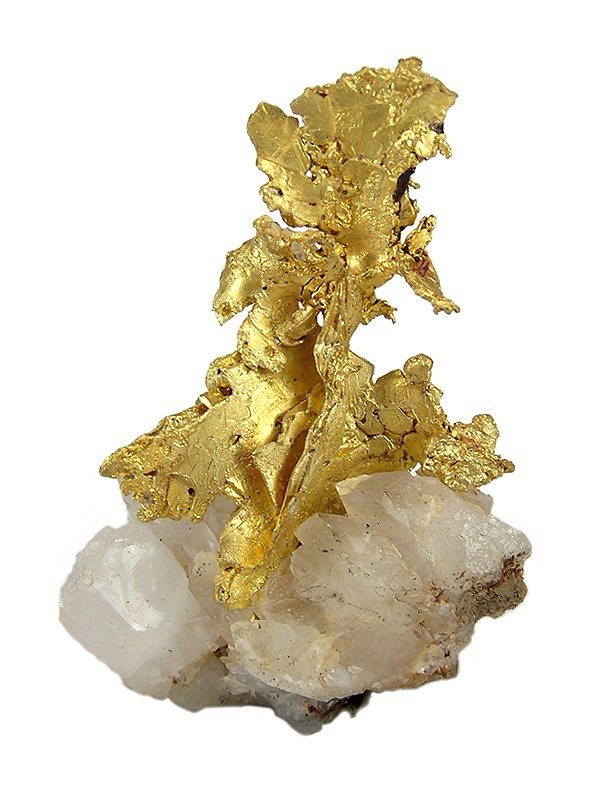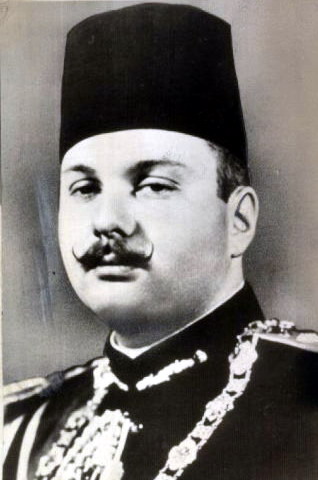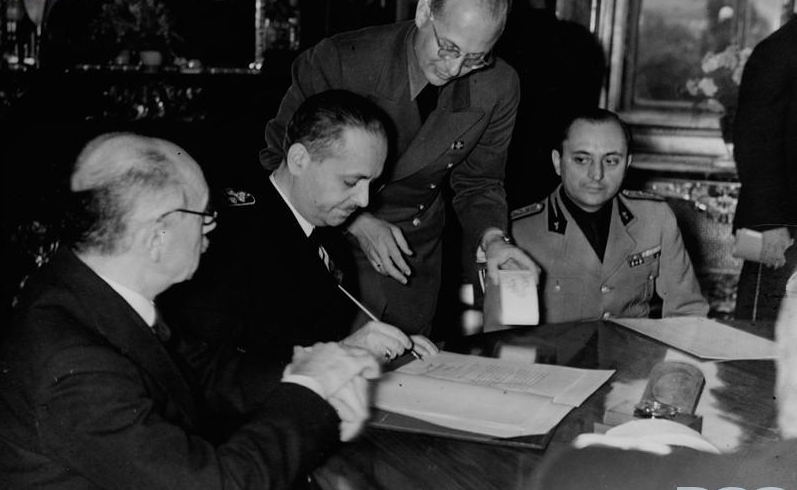|
Târnava-Mică County
Târnava-Mică County was a county (Romanian language, Romanian: ''județ'') in the Kingdom of Romania, the successor to Kis-Küküllő County of the Kingdom of Hungary. Its capital was Târnăveni, Diciosânmartin (now Târnăveni, in Mureș County) until 1926, and afterwards at Blaj. Geography Târnava-Mică County covered 2,081 km2 and was located in central part of Greater Romania, in the centre of Transylvania. Currently, the territory that comprised the greater part of Târnava-Mică County is now part of Sibiu County, Mureș County, and Alba County. Its borders were as follows: Turda County to the northwest, Mureș County to the northeast, Alba County to the west, Sibiu County and Târnava-Mare County to the south, and Odorhei County to the east. History Prior to World War I, the territory of the county belonged to Austria-Hungary and was identical with the Kis-Küküllő County of the Kingdom of Hungary. The territory of Târnava-Mică County was transferred to Romani ... [...More Info...] [...Related Items...] OR: [Wikipedia] [Google] [Baidu] |
Countries Of The World
The following is a list providing an overview of sovereign states around the world with information on their status and recognition of their sovereignty. The 205 listed states can be divided into three categories based on membership within the United Nations System: 193 member states of the United Nations, UN member states, two United Nations General Assembly observers#Current non-member observers, UN General Assembly non-member observer states, and ten other states. The ''sovereignty dispute'' column indicates states having undisputed sovereignty (188 states, of which there are 187 UN member states and one UN General Assembly non-member observer state), states having disputed sovereignty (15 states, of which there are six UN member states, one UN General Assembly non-member observer state, and eight de facto states), and states having a political status of the Cook Islands and Niue, special political status (two states, both in associated state, free association with New ... [...More Info...] [...Related Items...] OR: [Wikipedia] [Google] [Baidu] |
Alba County
Alba County () is a county (județ) of Romania located in the historic region of Transylvania. Its capital is Alba Iulia, a city with a population of 63,536. Name "Alba", meaning "white" in Latin and Romanian, is derived from the name of the city of Alba Iulia. In Hungarian language, Hungarian, the county is known as ''Fehér megye'' (fehér also meaning white), and in German language, German as ''Kreis Karlsburg''. Geography This county has a total area of , with mountains occupying about 59% of its surface. The Apuseni Mountains are in the northwest; the northeastern side of the Parâng Mountains group – the Șureanu Mountains, Șureanu and Cindrel Mountains, Cindrel mountains – are in the south. In the east there is the Transylvanian Plateau with deep but wide valleys. The three main elements are separated by the Mureș (river), Mureș River valley. The main rivers are the Mureș (river), Mureș River and its tributaries, the Târnava, the Sebeș (river), Sebeș, ... [...More Info...] [...Related Items...] OR: [Wikipedia] [Google] [Baidu] |
Plasă
''Plasă'' (, plural ''plăși'' ) was a territorial division unit of Romania, ranking below county ('' județ'') and above commune. It was headed by a '' Pretor'', appointed by the county Prefect. The institution headed by the Pretor was called ''Pretură''. The division of counties into ''plăși'' was used starting from the rule of Carol I as '' Domnitor'', throughout the existence of a Romanian Kingdom, and during the first two years of the Romanian People's Republic, until they were replaced in 1950 by raions, following the Soviet The Union of Soviet Socialist Republics. (USSR), commonly known as the Soviet Union, was a List of former transcontinental countries#Since 1700, transcontinental country that spanned much of Eurasia from 1922 until Dissolution of the Soviet ... system. In 1938, the country's 71 ''județe'' were divided into 429 ''plăși''. Petre Mihai Băcanu"Cum ar trebui să arate harta redesenată a României?" March 11, 2010; accessed February 17, ... [...More Info...] [...Related Items...] OR: [Wikipedia] [Google] [Baidu] |
Dumbrăveni
Dumbrăveni (before 1945 ''Ibașfalău''; ; Saxon dialect: ''Eppeschdorf''; ) is a town in the north of Sibiu County, in the centre of Transylvania, central Romania. The town administers two villages, Ernea (''Ehrgang''; ''Argung''; ''Szászernye'') and Șaroș pe Târnave (''Scharosch an der Kokel''; ''Šuerš''; ''Szászsáros''). Geography Dumbrăveni lies on the banks of the river Târnava Mare, east from the city of Mediaș, the second largest city in the county, and northeast of Sibiu, the county seat. It is situated on the Transylvanian Plateau, on the border with Mureș County, midway between Mediaș and Sighișoara. The town is crossed on its southern edge by National Road , which connects Sibiu to Sighișoara. There is also a train station that serves Line 300 of the CFR network, which connects Bucharest with the Hungarian border near Oradea. The Șaroș gas field is located on the territory of Dumbrăveni. Demographics At the 2021 Romanian census, Dumbră ... [...More Info...] [...Related Items...] OR: [Wikipedia] [Google] [Baidu] |
1938 Map Of Interwar County Tarnava Mica
Events January * January 1 – state-owned enterprise, State-owned railway networks are created by merger, in France (SNCF) and the Netherlands (Nederlandse Spoorwegen – NS). * January 20 – King Farouk of Egypt marries Safinaz Zulficar, who becomes Farida of Egypt, Queen Farida, in Cairo. * January 27 – The Honeymoon Bridge (Niagara Falls), Honeymoon Bridge at Niagara Falls, New York, collapses as a result of an ice jam. February * February 4 ** Adolf Hitler abolishes the War Ministry and creates the Oberkommando der Wehrmacht (High Command of the Armed Forces), giving him direct control of the German military. In addition, he dismisses political and military leaders considered unsympathetic to his philosophy or policies. General Werner von Fritsch is forced to resign as Commander of Chief of the German Army following accusations of homosexuality, and replaced by General Walther von Brauchitsch. Foreign Minister Baron Konstantin von Neurath is dismi ... [...More Info...] [...Related Items...] OR: [Wikipedia] [Google] [Baidu] |
Regions Of The People's Republic Of Romania
The regions represented the result of a Soviet-inspired experiment regarding the administrative and territorial organisation of the Romanian People's Republic (later Socialist Republic of Romania) between 1950 and 1968. See also: Administrative divisions of the People's Republic of Romania. Regions of 1950 * Regiunea Arad (Ar.) * Regiunea Argeș (Ptș.) * Regiunea Bacău (Bc.) * Regiunea Baia Mare (B.Mr.) * Regiunea Bârlad (Bd.) * Regiunea Bihor (Ord.) * Regiunea Botoșani (Bt.) * Regiunea București (R.B.) * Regiunea Buzău (Bz.) * Regiunea Cluj (Clj.) * Regiunea Constanța (Cța.) * Regiunea Dolj (Cv.) * Regiunea Galați (Gl.) * Regiunea Gorj (Tg.J.) * Regiunea Hunedoara (Dv.) * Regiunea Ialomița (Cl.) * Regiunea Iași (Iș.) * Regiunea Mureș (Tg.M.) * Regiunea Prahova (Pl.) * Regiunea Putna (Fș.) * Regiunea Rodna (Btr.) * Regiunea Satu Mare (St.M.) * Regiunea Severin (Lgș.) * Regiunea Sibiu (Sb.) * Regiunea Stalin (O.S.) * Regiunea Suceava (Sv.) * Regiunea Teleorman (R. ... [...More Info...] [...Related Items...] OR: [Wikipedia] [Google] [Baidu] |
Paris Peace Treaties, 1947
The Paris Peace Treaties () were signed on 10 February 1947 following the end of World War II in 1945. The Paris Peace Conference lasted from 29 July until 15 October 1946. The victorious wartime Allied powers (principally the United Kingdom, Soviet Union, United States, and France) negotiated the details of peace treaties with those former Axis allies, namely Italy, Romania, Hungary, Bulgaria, and Finland, which had switched sides and declared war on Germany during the war. They were allowed to fully resume their responsibilities as sovereign states in international affairs and to qualify for membership in the United Nations.They each joined the United Nations on 14 December 1955. The settlement elaborated in the peace treaties included payment of war reparations, commitment to minority rights, and territorial adjustments including the end of the Italian colonial empire in North Africa, East Africa, Yugoslavia, Greece, and Albania, as well as changes to the Italian–Yugo ... [...More Info...] [...Related Items...] OR: [Wikipedia] [Google] [Baidu] |
Second Vienna Award
The Second Vienna Award was the second of two territorial disputes that were arbitrated by Nazi Germany and the Kingdom of Italy. On 30 August 1940, they assigned the territory of Northern Transylvania, including all of Maramureș and part of Crișana, from the Kingdom of Romania to the Kingdom of Hungary (1920–46), Kingdom of Hungary. Background After World War I, the multiethnic Lands of the Crown of Saint Stephen, Kingdom of Hungary was divided by the 1920 Treaty of Trianon to form several new nation states, but Hungary noted that the new state borders did not follow ethnic boundaries. The new nation state of Hungary was about a third the size of prewar Hungary, and millions of ethnic Hungarians were left outside the new Hungarian borders. Many historically-important areas of Hungary were assigned to other countries, and the distribution of natural resources was uneven. The various non-Hungarian populations generally saw the treaty as justice for their historically-margina ... [...More Info...] [...Related Items...] OR: [Wikipedia] [Google] [Baidu] |
Northern Transylvania
Northern Transylvania (, ) was the region of the Kingdom of Romania that during World War II, as a consequence of the August 1940 territorial agreement known as the Second Vienna Award, became part of the Kingdom of Hungary (1920-1946), Kingdom of Hungary. With an area of , the population was largely composed of both ethnic Romanians and Hungarians. In October 1944, Soviet Union, Soviet and Romanian Land Forces, Romanian forces gained control of the territory, and by March 1945 Northern Transylvania returned to Romanian administration. After the war, this was confirmed by the Paris Peace Treaties, 1947, Paris Peace Treaties of 1947. Background Transylvania has a varied history. Once part Kingdom of Kingdom of Dacia (82 BC–106 AD), in 106 AD, the Roman Empire conquered the territory, after the Roman legions withdrew in 271 AD, it was overrun by a succession of various tribes such as Carpi (people), Carpi, Visigoths, Huns, Gepids, Pannonian Avars, Avars, and Slavs, in the 9t ... [...More Info...] [...Related Items...] OR: [Wikipedia] [Google] [Baidu] |
Treaty Of Trianon
The Treaty of Trianon (; ; ; ), often referred to in Hungary as the Peace Dictate of Trianon or Dictate of Trianon, was prepared at the Paris Peace Conference (1919–1920), Paris Peace Conference. It was signed on the one side by Hungary and, on the other, by the Allied and Associated Powers, in the Grand Trianon château in Versailles on 4 June 1920. It formally terminated the state of war issued from World War I between most of the Allies of World War I and the Kingdom of Hungary. The treaty is famous primarily due to the territorial changes imposed on Hungary and recognition of its new international borders after the First World War. As part of the Austria-Hungary, Austro-Hungarian Empire, Hungary had been involved in the First World War since August 1914. After its allies – Bulgaria and later Turkey – Armistice of Salonica, signed armistices with the Entente, the political elite in Budapest also opted to end the war. On 31 October 1918, Mihály Károlyi#Károlyi's ... [...More Info...] [...Related Items...] OR: [Wikipedia] [Google] [Baidu] |
Austria-Hungary
Austria-Hungary, also referred to as the Austro-Hungarian Empire, the Dual Monarchy or the Habsburg Monarchy, was a multi-national constitutional monarchy in Central Europe#Before World War I, Central Europe between 1867 and 1918. A military and diplomatic alliance, it consisted of two sovereign states with a single monarch who was titled both the Emperor of Austria and the King of Hungary. Austria-Hungary constituted the last phase in the constitutional evolution of the Habsburg monarchy: it was formed with the Austro-Hungarian Compromise of 1867 in the aftermath of the Austro-Prussian War, following wars of independence by Hungary in opposition to Habsburg rule. It was dissolved shortly after Dissolution of Austria-Hungary#Dissolution, Hungary terminated the union with Austria in 1918 at the end of World War 1. One of Europe's major powers, Austria-Hungary was geographically the second-largest country in Europe (after Russian Empire, Russia) and the third-most populous (afte ... [...More Info...] [...Related Items...] OR: [Wikipedia] [Google] [Baidu] |
World War I
World War I or the First World War (28 July 1914 – 11 November 1918), also known as the Great War, was a World war, global conflict between two coalitions: the Allies of World War I, Allies (or Entente) and the Central Powers. Fighting took place mainly in European theatre of World War I, Europe and the Middle Eastern theatre of World War I, Middle East, as well as in parts of African theatre of World War I, Africa and the Asian and Pacific theatre of World War I, Asia-Pacific, and in Europe was characterised by trench warfare; the widespread use of Artillery of World War I, artillery, machine guns, and Chemical weapons in World War I, chemical weapons (gas); and the introductions of Tanks in World War I, tanks and Aviation in World War I, aircraft. World War I was one of the List of wars by death toll, deadliest conflicts in history, resulting in an estimated World War I casualties, 10 million military dead and more than 20 million wounded, plus some 10 million civilian de ... [...More Info...] [...Related Items...] OR: [Wikipedia] [Google] [Baidu] |





